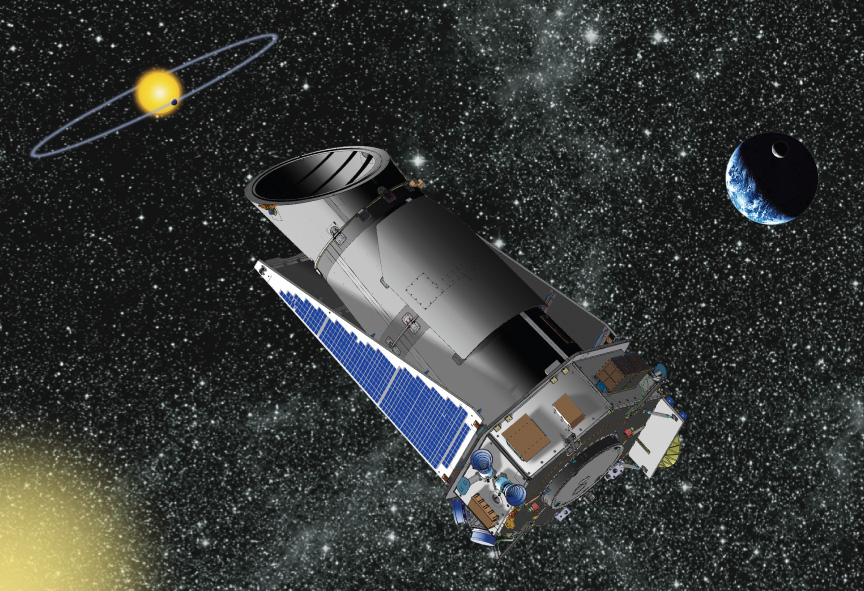Global magnetic anomaly hit the Earth out of nowhere during deep solar minimum
06/30/2020 / By Arsenio Toledo

On June 23, astronomers detected an unusual wave of magnetism hitting the Earth. What makes this event unusual is that this is occurring during the deepest solar minimum in a century, and these kinds of geomagnetic activity should not be happening.
The Sun is usually filled with activity. Using special, filtered telescopes, astronomers can see that the Sun is filled with dark sunspots – magnetic explosions that can hit Earth with flashes of X-rays and extreme ultraviolet radiation. But, every 11 years or so, the sunspots disappear for a while, giving the illusion that the Sun is calm. This period is known as the solar minimum, and astronomers consider it “a regular part of the sunspot cycle.”
Activity on the Sun is currently at the lowest it’s been in its 11-year cycle. While solar minima are normal, scientists believe that the current solar minimum is one of the deepest and quietest since astronomers have been recording solar maxima and minima. Because of this, astronomical instruments don’t expect to pick up any changes to the magnetic field – but they did. (Related: Earth’s magnetic field over the South Atlantic is WEAKENING and scientists aren’t entirely certain why.)
“Unusual” magnetic activity might be normal
According to SpaceWeather.com, this unusual magnetic activity was picked up by a global network of observatories at the same time. Rob Stammes, an astronomer working out of the Lofoten Islands in northern Norway said that the event was very remarkable.
Stuart Green, an astronomer from Preston in the U.K., who operates a magnetometer, said of the event: “For more than 30 minutes, the local magnetic field oscillated like a sine wave. There was nothing – no uptick in the solar wind speed or other factors that might explain the disturbance.”
The activity was also picked up by observation telescopes in Hawaii and Colorado in the U.S., Beijing in China and north of the Arctic circle in Finland and Sweden. A hint of the magnetic activity was even detected in Scott Base in Antarctica.
Scientists believe that the event is something known as a pulsation continuous (Pc), small fluctuations in the Earth’s magnetic field. Pc’s help scientists understand how the magnetic field is interacting with solar wind.
When the Sun is active, the Pc’s are difficult to pick up due to the high amount of geomagnetic activity. However, during the extreme quiet of solar minima, the Pc can be detected by telescopes very clearly.
William Brown of the British Geological Survey’s Geomagnetism Team said that the last notably active period for the Sun was around the end of March, and since then it has been “very quiet,” which helped their magnetic observatory measurements detect the “wiggle” that was the Pc.
Solar minimum a great opportunity to conduct research
With the solar minimum in full swing, scientists have a great opportunity like no other to study the Earth’s magnetic fields. Brown even said that the lack of solar activity is a great time for researchers to study the Pc waves.
Brown also said that the solar minimum is great for his own research. “I’m interested in the magnetic fields generated in Earth’s core and the rocks of our crust, and we get the best measurements when there is least activity originating from the Sun to interfere,” he said.
Learn more about the least-studied phenomena occurring in the universe by reading the articles at Unexplained.news.
Sources include:
Tagged Under: anomaly, astronomy, Earth, geomagnetic field, magnetic field, phenomena, pulsation continuous, solar minimum, Space, sun, sunspots, Unexplained
RECENT NEWS & ARTICLES
COPYRIGHT © 2017 DISCOVERIES NEWS



















